- By Region
- Central Coast
- Central Valley
- Desert
- North Coast
- Northeast
- SF Bay Area
- Sierra Foothills
- Southern California
- Tahoe Basin
- By Type
- Trees
- Aquatic Plants
- More Info Don't Plant a Pest Home
Invasive Trees in All Regions
-
Ficus carica (edible fig)
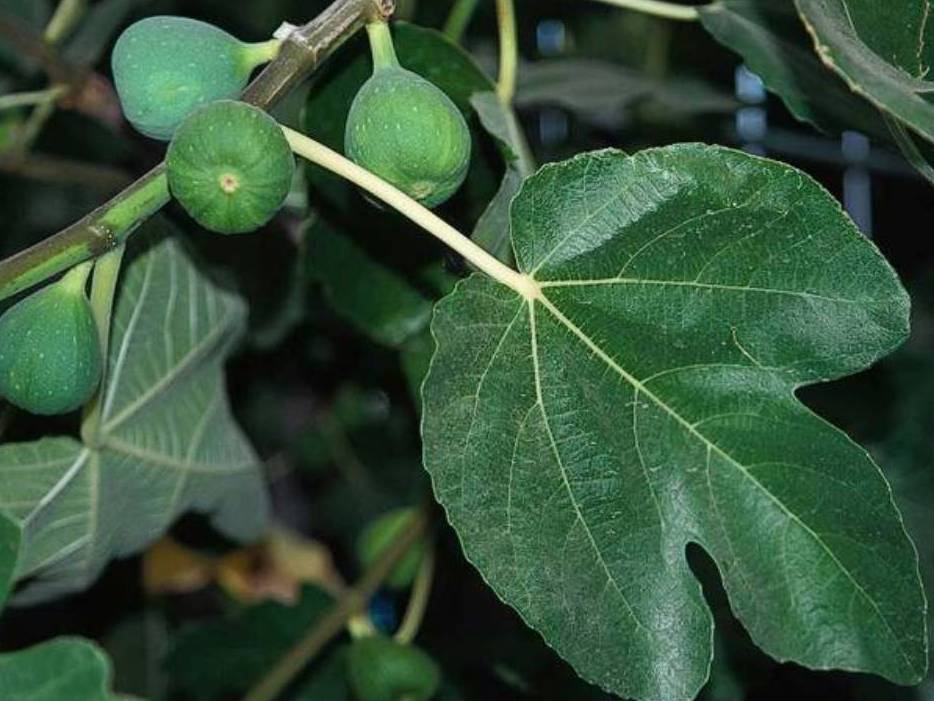
Ficus carica Ficus carica edible figCan be a problem in the San Francisco Bay area, the Central Valley, and southern California. May be spread by birds and deer, as well as by vegetation fragments. Can dominate stream and riverside habitat.
Invasive: Do Not Plant -
Myoporum (false sandalwood)
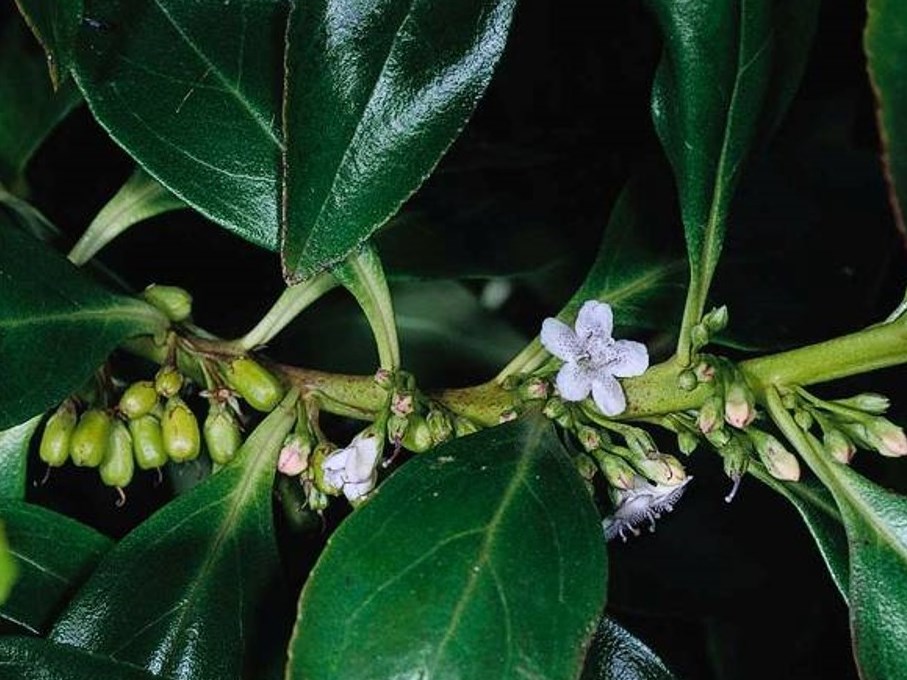
Myoporum laetum Myoporum laetum ngaio tree; false sandalwood; mousehole treeInvades along the coast from Sonoma County to San Diego. Forms dense stands with no other vegetation. Can cover large areas. Spread by birds. Leaves and fruits are toxic to wildlife and livestock. Burns easily. Doesn't typically spread in interior areas.
Invasive: Do Not Plant -
Schinus spp (pepper trees)
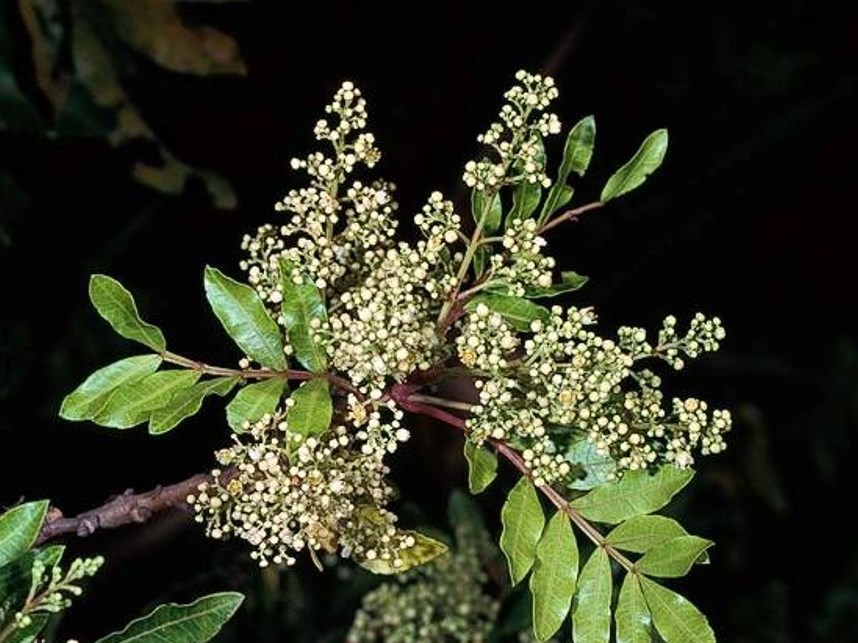
Schinus terebinthifolia Schinus terebinthifolia Brazilian pepper tree; Christmas-berry tree; Christmasberry; Florida holly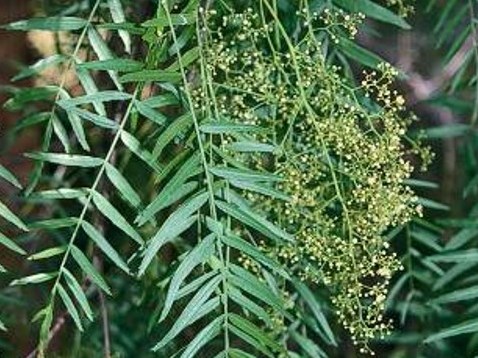
Schinus molle Schinus molle Peruvian peppertree; California peppertreePepper trees are native to South America (despite the fact that Peruvian peppertree is sometimes called California peppertree). Seeds are transported by birds and mammals into natural areas. The aggressive growth of peppers enables them to displace native trees and form dense thickets in natural areas. They produce undesirable suckering and sprout unwanted seedlings. A serious problem in southern California. Less of a problem in the San Francisco Bay Area and Central Valley, but care should be taken if planting near wildlands.
Invasive: Do Not Plant -
Ailanthus (tree of heaven)
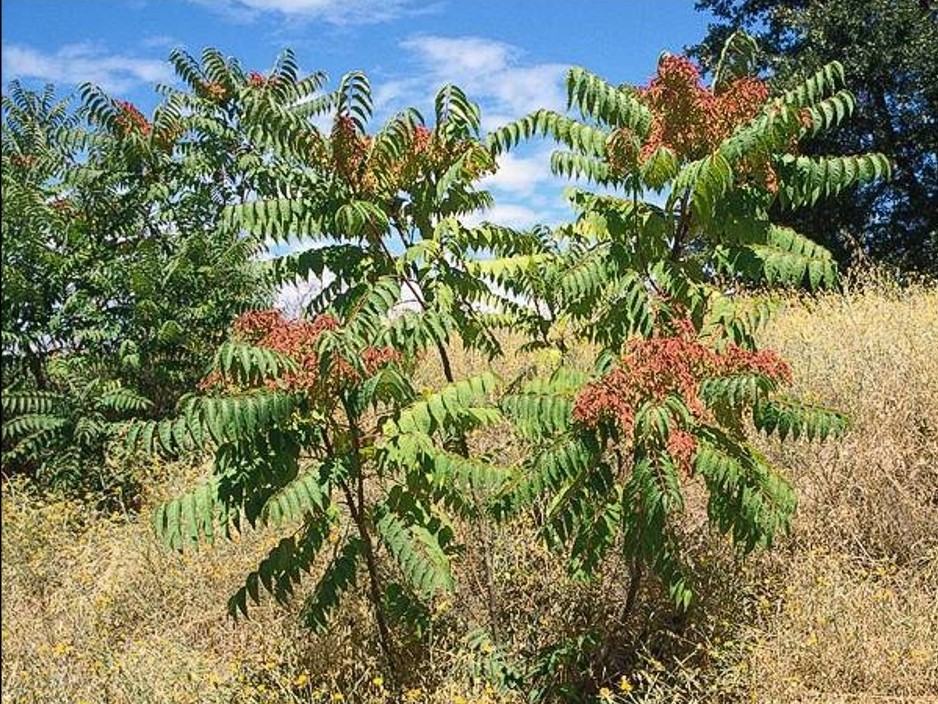
Ailanthus altissima Ailanthus altissima tree-of-heaven; Chinese sumac; paradise-tree; copal-treeAlthough not commonly sold in nurseries, this tree is sometimes "shared" among gardeners. Tree-of-heaven produces abundant root sprouts that create dense thickets and displace native vegetation. These root sprouts can be produced as far as 50 feet away from the parent tree. In California, it is most abundant along the coast and Sierra foothills, as well as along streams. A single tree can produce up to a million seeds per year.
Invasive: Do Not Plant -
Eucalyptus globulus
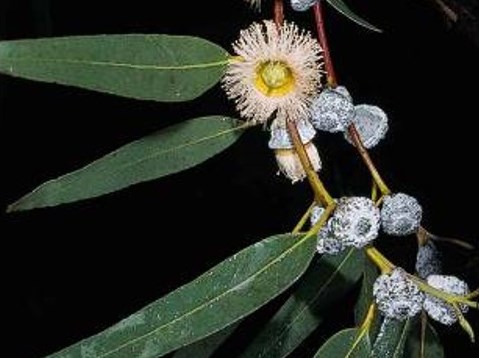
Eucalyptus globulus Eucalyptus globulus blue gum; Tasmanian blue gum; blue gum Eucalyptus; common Eucalyptus; Southern blue gum; Victorian blue gumFound along the coast from Humboldt to San Diego and in the Central Valley. Most invasive in coastal locations. Easily invades native plant communities, causing declines in native plant and animal populations. Fire departments throughout Southern California recommend against using eucalyptus trees for landscaping because they are extremely flammable.
Invasive: Do Not Plant -
Elaeagnus angustifolia (Russian olive)
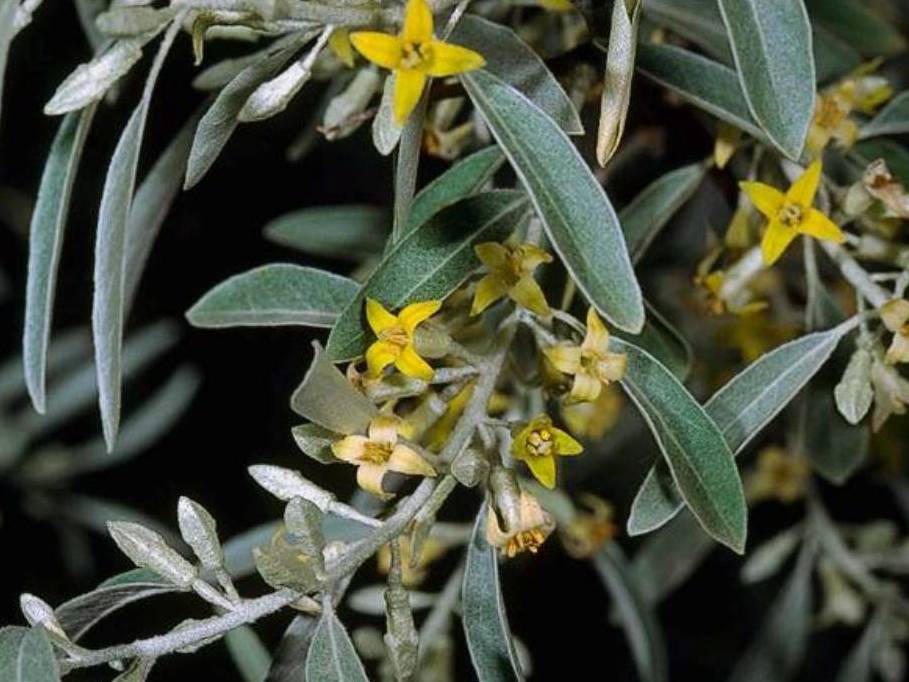
Elaeagnus angustifolia Elaeagnus angustifolia Russian olive; oleasterFound throughout California. Able to spread long distances with the help of birds and mammals. Invades river and stream corridors, pushing out native willows and cottonwoods. Reduces water levels. Provides poor wildlife habitat. Serious invader in other western states.
Invasive: Do Not Plant -
Robinia pseudoacacia (black locust)
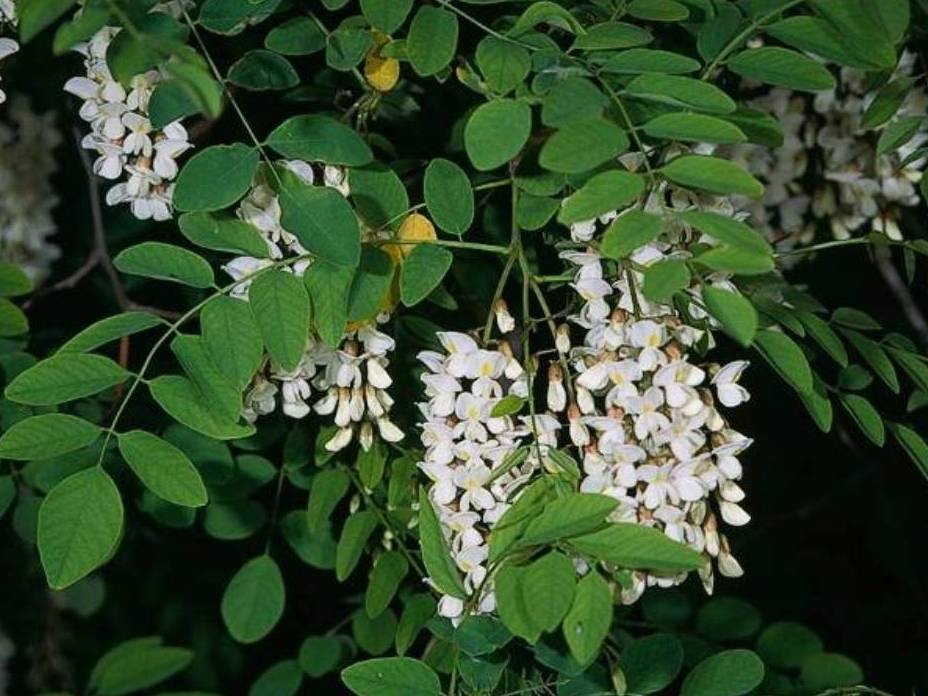
Robinia pseudoacacia Robinia pseudoacacia black locustWidely distributed, particularly in northern California and the Great Basin. Spreads by seeds and root sprouts. Forms large dense stands. Seeds, leaves, and bark are toxic to humans and wildlife.
Invasive: Do Not Plant -
Tamarix (saltcedar)
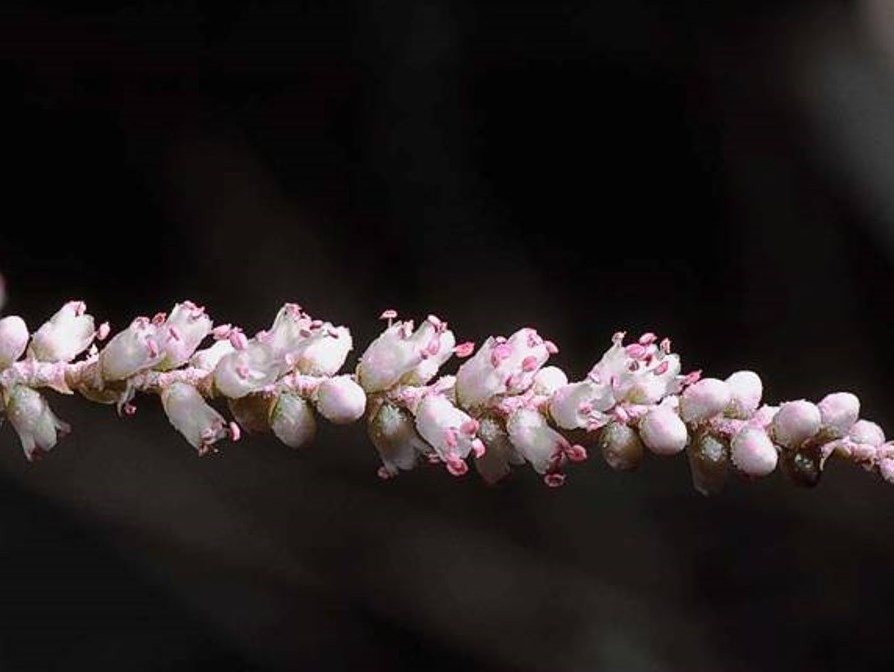
Tamarix aphylla Tamarix aphylla athel; athel pine; tamarisk; evergreen saltcedar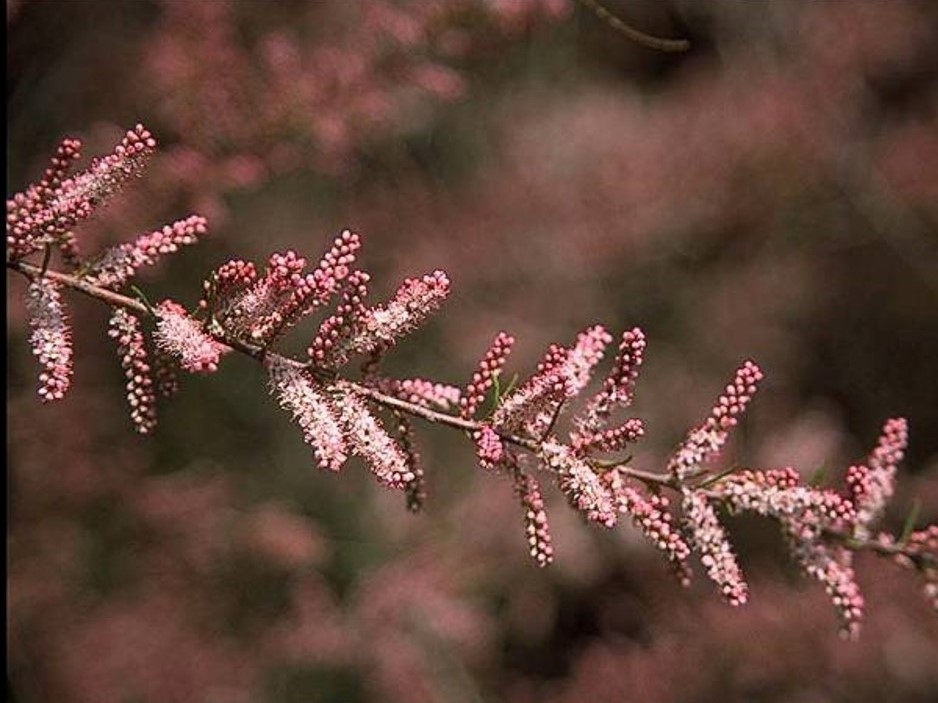
Tamarix parviflora Tamarix parviflora smallflower tamarisk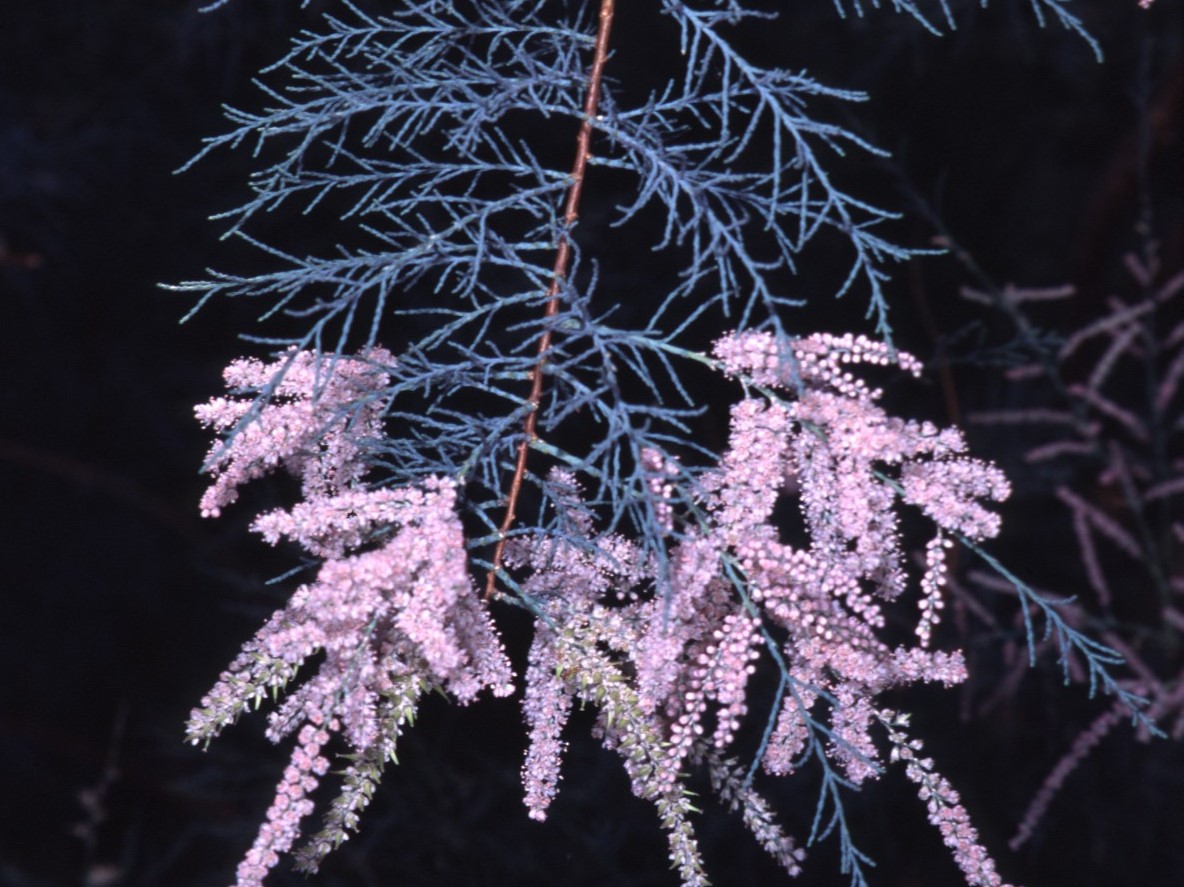
Tamarix ramosissima Tamarix ramosissima saltcedar; tamariskA serious invader throughout California and southwestern states. Uses excessive amounts of water, increases soil salinity, changes water courses. Diminishes wildlife habitat, and increases fire hazard. Not commonly sold but still occasionally available.
Invasive: Do Not Plant -
Crataegus monogyna
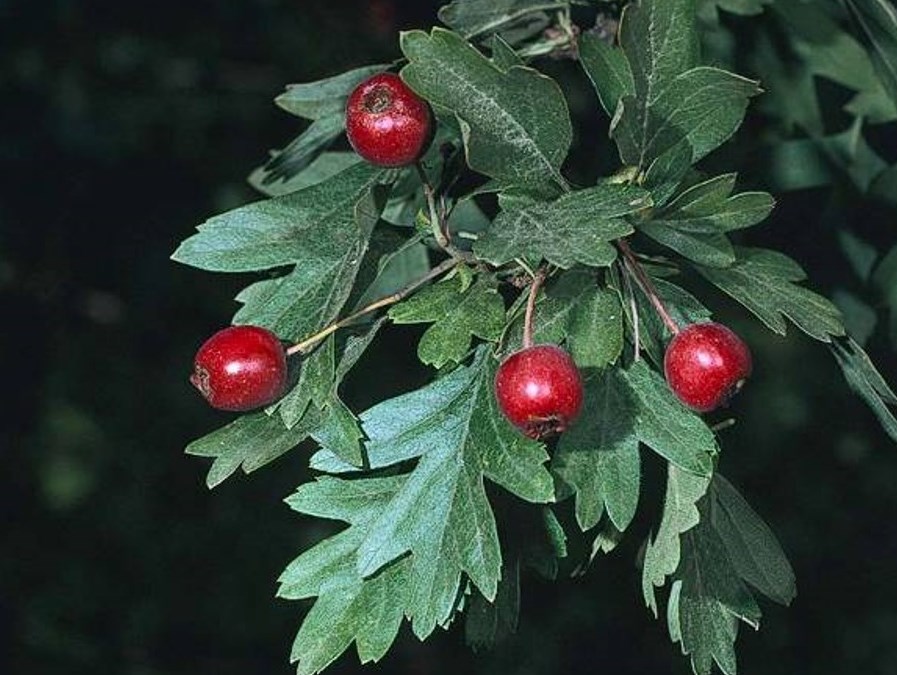
Crataegus monogyna Crataegus monogyna English hawthorn; common hawthorn; oneseed hawthorn; May tree; singleseed hawthorn; azzarola; neapolitan medlar; oneseed hawthorn; whitethorn;An established invader of the Pacific Northwest, now spreading through northern California. Capable of long-range dispersal by birds. Creates dense thickets, changing the structure of woodland understories. May hybridize with and threaten native hawthorn species.
Invasive: Do Not Plant
Recommended Trees
-
Tristaniopsis laurina
Formal plant; can be trained as a single or multistemmed tree. Mahogany-colored bark peels, revealing new, satiny white bark beneath. Yellow flowers produce a good show. Can be slow-growing. Damaged by very cold winters. Try cultivar 'Elegant'. Evergreen. Zones: 15-24. Height: To 45 ft. Width: 5-30 ft.
Sun:Water: -
Quercus lobata
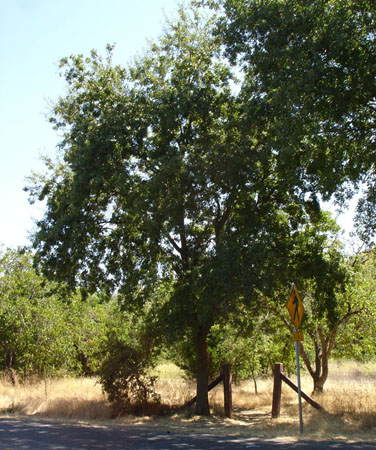
Quercus lobata Quercus lobata valley oakThis graceful, decidous native tree provides habitat for birds and has year-round appeal. Deeply lobed leaves, rough gray bark. Grows up to 100 ft. tall in many Central Valley soil types.
Sun:Water: -
Quercus macrocarpa
Rugged-looking tree with flaky grayish bark. Long, deeply-lobed leaves are glossy green. Large, distinctive acorns covered in fringed cap. Tolerant of poor conditions. Acorns can be a trip hazard. Deciduous. Zones: 1-11, 14-23. Height: 60-75 ft., equally wide when mature.
Sun:Water: -
Quercus virginiana
Relatively fast-growing and long-lived. Very attractive in hot, interior climates. Easy to plant and care for. Evergreen. Zones: 4-24. Height: 40-80 ft. Width: 80-160 ft.
Sun:Water: -
Styrax japonicus
Slender, graceful trunk. Broad crown. Leaves may turn red or yellow in fall. Delicate, fragrant, white flowers hang below leaves, creating a layered effect. Deciduous. Zones: 4-9, 14-21. Height: 30 ft., narrow in youth, wide in maturity.
Sun:Water: -
Taxodium distichum
Delicate, feathery foliage sprays turn reddish-brown before dropping in the fall. Tolerates drought or very wet conditions, and any but the most alkaline soil. Trunk can be buttressed at the base. No pests or diseases. Easy to plant and care for. Tolerates any amount of water. Deciduous. Zones: 2-10, 12-24. Height: 50-70 ft. Width: 20-30 ft.
Sun:Water: -
Michelia doltsopa
Prune to create a narrow, upright tree. Furry brown buds open to cream or white blossoms. Thin, leathery, dark green leaves are red underneath. Evergreen. Zones 15-24. Height: To 25 ft.
Sun:Water: -
Nyssa sylvatica
Crooked branches and dark, red-tinged bark make a dramatic winter picture. Birds are attracted to the fruit. Leaves turn yellow, orange, and red before dropping in fall. Excellent shade tree. Poor in air pollution. Needs acidic soil with no salinity. Deciduous. Zones: 2-10, 14-21. Height: 30-50 ft. Width: 15-25 ft.
Sun:Water: -
Podocarpus gracilor
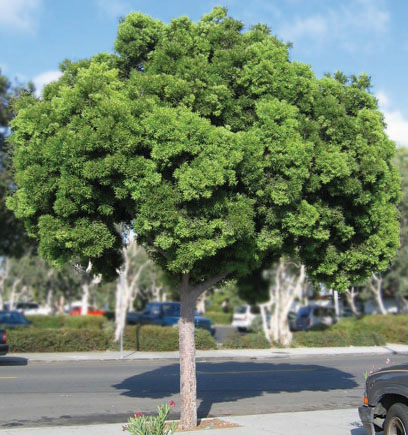
Podocarpus gracilor Podocarpus gracilor fern pineEvergreen tree 20 to 60 feet tall. Makes an excellent street tree or individual specimen in a park setting. One of the most pest-free trees, able to tolerate a variety of soil conditions and temperatures. Can also be used as a hedge or screen plant. Many species and varieties are available at nurseries.
Sun:Water: -
Lagerstroemia spp.
Stunning tree; great in a hot area. Showy summer flowers in hot pink, white, lavender, and other colors typically give way to brilliant fall foliage. Somewhat susceptible to aphids. Not the best choice for coastal locations. Deciduous. Zones: Varies by hybrid. Height: 8-25 ft., varies by hybrid.
Sun:Water: -
Liriodendron tulipifera
Straight, columnar trunk with a tall, pyramidal crown. Unique lyre-shaped leaves. Foliage starts bright green, turns bright yellow in fall. Tulip-shaped flowers in late spring are interesting but not showy. Beautiful large shade or lawn tree. Likes slightly acidic, well-drained soil and plenty of room. Deciduous. Zones: 2-12, 14-24. Height: 60-80 ft. Width: To 40 ft.
Sun:Water: -
Metasequoia glyptostroboides
Soft, pale green needles turn reddish-brown before falling in autumn, leaving a beautiful winter silhouette. Grows very fast when young. Older trees have fluted trunks. Resistant to oak root fungus. Not suitable for very arid regions or the coast. Deciduous. Zones: 3-10, 14-24. Height: To 90 ft. Width: To 20 ft.
Sun:Water: -
Elaeocarpus decipiens
New leaves rusty and hairy, turning smooth and bright green. Old leaves turn red before dropping. Blooms with tiny, scented, white flowers in clusters followed by small, blue-black, edible fruits. Likes rich, well-drained soil. Needs little pruning. Evergreen. Zones: 8-9, 14-24. Height: 30-60 ft. Width: 20-30 ft.
Sun:Water: -
Eriobotrya deflexa
Fast-growing and easily trained. New leaves emerge bright copper before turning green. Bunches of creamy white flowers in spring. Easy to plant and care for. Requires well-drained soil. Can be subject to fireblight. Evergreen. Zones: 8-24. Height: 12-30 ft. Width: 15-30 ft.
Sun:Water: -
Eucalyptus nicholii
One of the cleanest, most graceful eucalyptus, with weeping branches and not too much litter. Crushed leaves smell a bit like peppermint. Furrowed, rich, reddish-brown bark. Damaged by very cold winters. Evergreen. Zones: 5, 6, 8-24. Height: 36-48 ft. Width: 15-36 ft.
Sun:Water: -
Cercis canadensis
Can be fast-growing. Rosy pink flowers bloom before new leaves appear and are followed by beanlike pods. Prefers well-drained soil. Cercis reniformis 'Oklahoma' is also popular. Deciduous. Zones: 1-24. Height: 25-35 ft. Width: 25-35 ft.
Sun:Water: -
Chionanthus retusus
Blooms like clouds of the whitest, feathery flowers. Handsome bark provides winter interest. Will grow in most central California environments. The olive-like fruits can be a litter problem. May produce a significant amount of pollen. Deciduous. Zones: 3-9, 14-24. Height: To 20 ft., not quite as wide.
Sun:Water: -
Arbutus ‘marina’
Rosy pink, urn-shaped flowers, deep red bark, and strawberry-like fruits in yellow and red. Easy to plant and care for. Can be susceptible to greenhouse thrips. Doesn't tolerate very alkaline or poorly-drained soil. Can be slow to reach tree size. Evergreen. Zones: 8,9, 14-24. Height and Width: To 40 ft.
Sun:Water:
